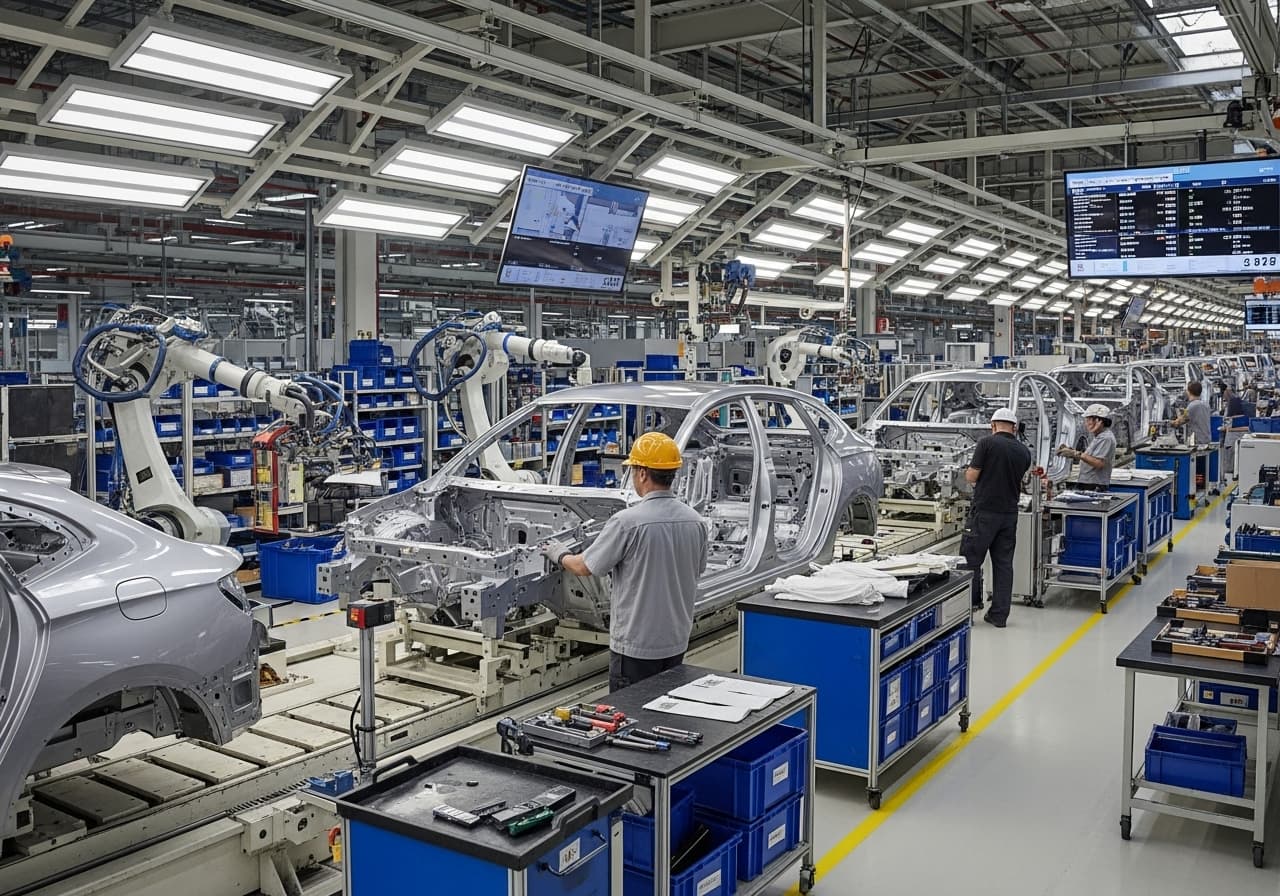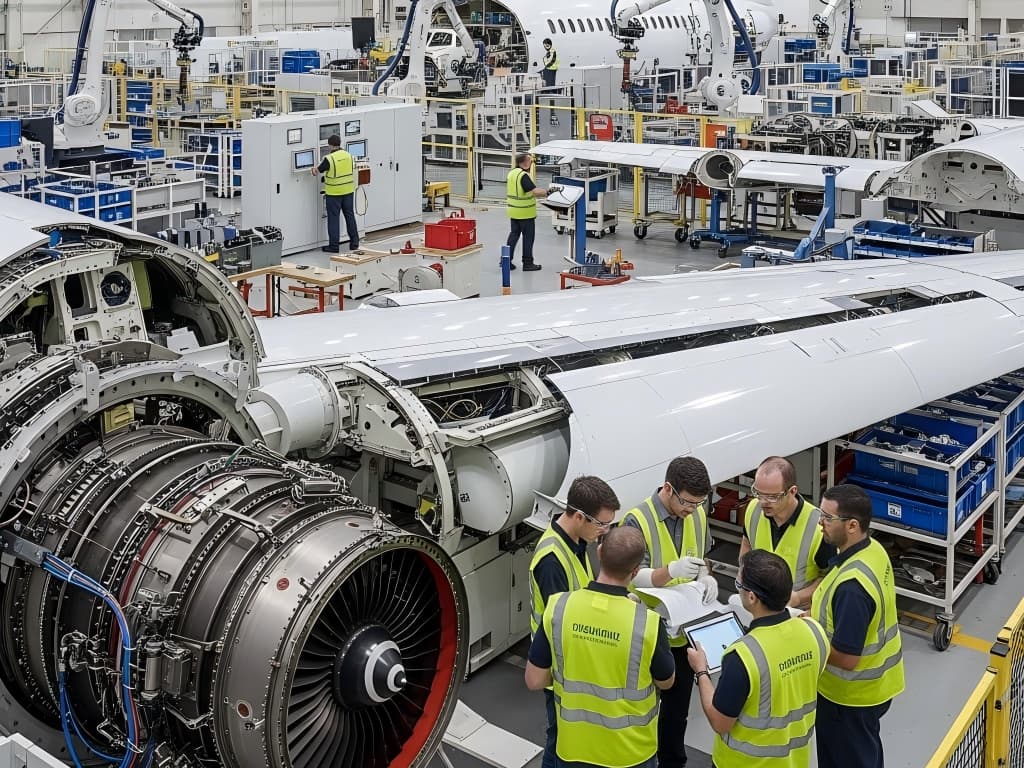Medical Device Prototyping
What is Medical Device Prototyping?
Medical device prototyping is the initial and critical stage in the entire medical device development cycle that can quickly transform the product form. It allows you to create a proof of concept to validate your design, test functionality with real users, and gather crucial feedback long before committing to expensive tooling and full-scale production.
It's how you de-risk the journey from the lab to the market, turning potential challenges into data-driven solutions. By iterating quickly, you can identify design flaws, test biocompatible materials, and optimize for manufacturability, saving invaluable time and resources down the line. Let's get into how to build your medical innovation, one prototype at a time.

Our Rapid Prototyping Services for the Medical Industry
We leverage a suite of advanced manufacturing technologies to accelerate your medical device's development cycle, enabling you to get functional prototypes in hand for verification, validation, and user feedback in a matter of days, not weeks. Our prototyping services provide the critical link between your design and a physical, testable medical device.
- Applications: Ideal for creating precision prototypes of complex parts such as surgical tools and implants.
- Key Benefits: Achieves micron-level accuracy using end-use, production-grade materials like titanium, stainless steel, and PEEK.
- Primary Purpose: Used for critical mechanical performance testing and gathering surgeon feedback.
- Applications: Manufacturing robust enclosures, chassis, and panels for medical equipment like bioanalyzers.
- Key Benefits: A cost-effective solution that provides reliable protection for sensitive internal electronics.
- Additional Services: Supports hardware insertion and surface finishing to simplify the final assembly process.
- Injection Molding
- Applications: Bridging the gap from prototype to low-volume production to validate feasibility for mass production.
- Key Benefits: Uses low-cost aluminum molds and production-grade thermoplastics, perfect for clinical trials or early market testing.
- Primary Purpose: To effectively validate the design and reduce risk before investing in expensive steel production tooling.
The Prototyping Process: A 4-Step Path to Market Readiness
The prototyping process for medical devices is a structured, four-step journey designed to de-risk development and accelerate your path to market. Following these distinct stages ensures that every aspect of the device is optimized for performance, safety, and regulatory compliance before committing to full-scale production.
- Stage 1: Design and Engineering (CAD & DFM)
Make sure your concept is translated into a detailed digital blueprint using CAD software first. Our engineers collaborate with your team to finalize the device’s architecture, select appropriate materials, and crucially, apply DFM principles. Get a Free Quote & DFM Analysis
- Stage 2: Proof of Concept (POC) & Functional Prototypes
Usually, a concept prototype is quickly manufactured for the first verification. After the basic principle is verified, a more refined functional prototype is developed again to be closer to the appearance of the final product, comprehensive performance evaluation and initial user feedback.
- Stage 3: Verification, Validation, and Testing
During this key stage, your prototypes undergo a battery of tests, including mechanical stress analysis, biocompatibility assessments, and electrical safety checks, ensuring your prototype part meets all pre-defined design specifications and meets the anticipated needs.
- Stage 4: Pre-Production and Manufacturing Handoff
We not only deliver performance prototypes, but also compile a comprehensive technical data package including final CAD files, bill of materials (BOM), and detailed manufacturing instructions to your selected mass production partner.
Materials & Compliance: ISO 13485 Certified Prototyping
Our ISO 13485-certified prototyping services ensure your project is built on a foundation of absolute quality and regulatory diligence from day one. This internationally recognized standard for medical device quality management systems governs every aspect of our operation, from material sourcing to final inspection. We provide full material traceability, which is essential for your eventual FDA regulations submissions. Our expertise extends to a wide range of polymers and metals, with a deep understanding of biocompatibility requirements. Whether you need prototypes from medical-grade silicone, PEEK, or titanium, our rigorous quality controls guarantee that the part you receive is reliable, repeatable, and ready for rigorous testing.
Applications We Support: Prototyping Across MedTech
Our expertise in prototyping across MedTech allows us to support innovators in every specialty, from startups to global leaders. Whether you are developing:
- Custom medical device for a niche surgical application
- Complex diagnostic equipment enclosures
- Wearable medical device prototype for remote patient monitoring
- Drug delivery systems components
Our team has the experience to bring it to life, providing the precision and material expertise needed to turn any concept into a functional, reliable prototype.
Frequently Asked Questions about Medical Device Prototyping
Navigating the world of medical device prototyping can bring up many questions. To help you plan your project with confidence, we've compiled concise answers to some of the most frequently asked questions we receive. If your question isn't answered here, our Engineering Team is always ready to help.
1. How much does a medical device prototype cost?
The cost of several key factors includes the complexity of the design, the materials used, the manufacturing technology, and the required tolerances. We provide a detailed, itemized quote after reviewing your CAD files and project requirements.
2. How long does it take to get a prototype?
Simple prototyping models can often be produced in as little as 1-3 business days, while more complex CNC machining parts or initial injection molding runs may take 1-3 weeks. We always provide a clear timeline with your project quote.
3. Do I need FDA approval for a prototype?
Generally, you do not need FDA approval for prototypes used purely for internal testing, design verification, and benchtop validation. Our ISO 13485 certification ensures the data you gather is built on a foundation of quality.
4. What materials are best for my medical prototype?
For form-and-fit studies, standard plastics may suffice. For functional prototypes requiring sterilization and biocompatibility, materials like medical-grade silicone, PEEK, titanium, or stainless steel are common choices. Our engineers can help you select the ideal material based on your specific testing needs and end-use requirements.
 Medical Device Prototyping
Medical Device Prototyping
 Automotive Parts Manufacturing
Automotive Parts Manufacturing
 Aerospace Manufacturing
Aerospace Manufacturing
![[Guide Updated] Please See Our New Low Volume CNC Machining Page](/uploads/20250809/e0980b58d9f1528680f9fe34ae16af14.png) [Guide Updated] Please See Our New Low Volume CNC Machining Page
[Guide Updated] Please See Our New Low Volume CNC Machining Page

